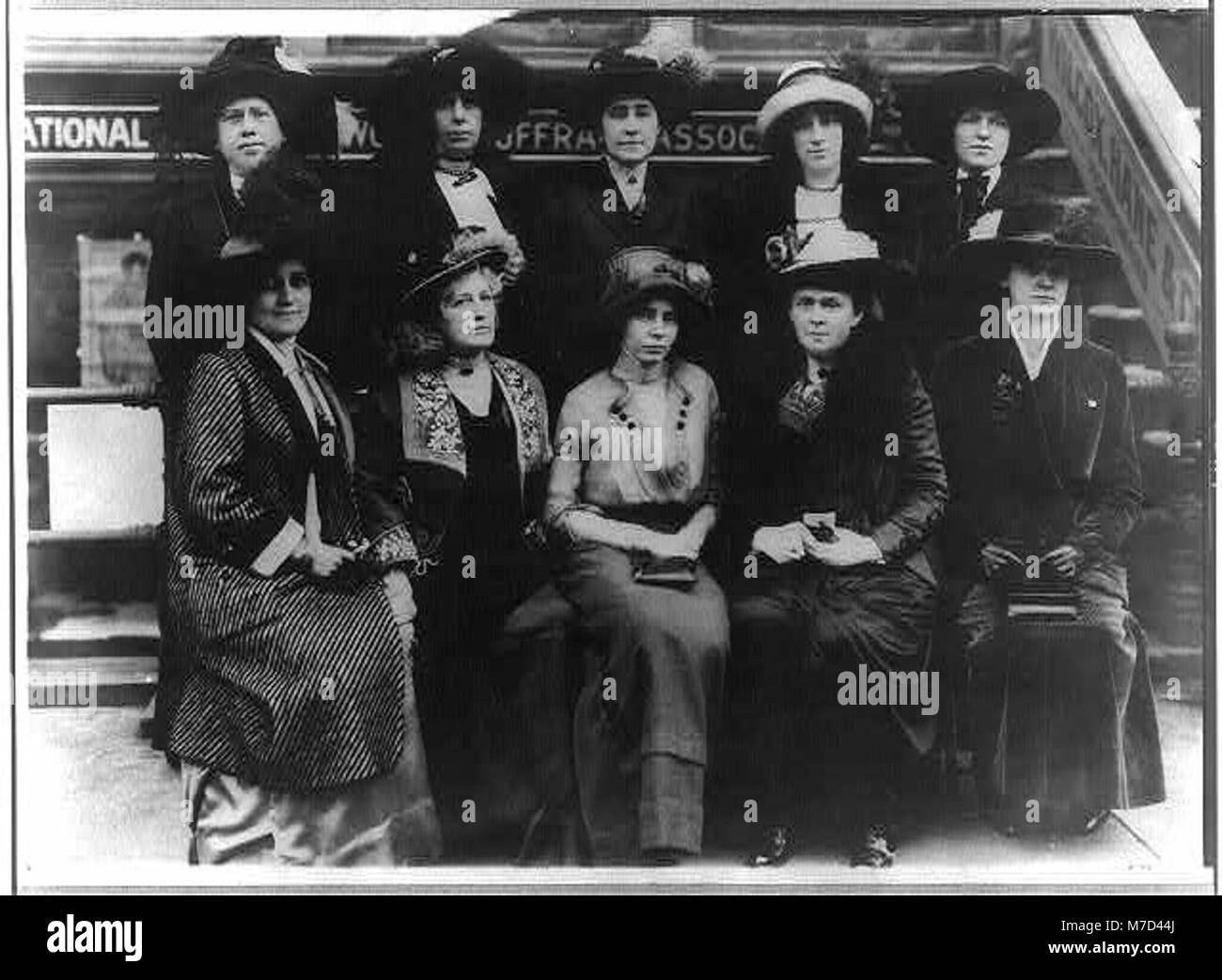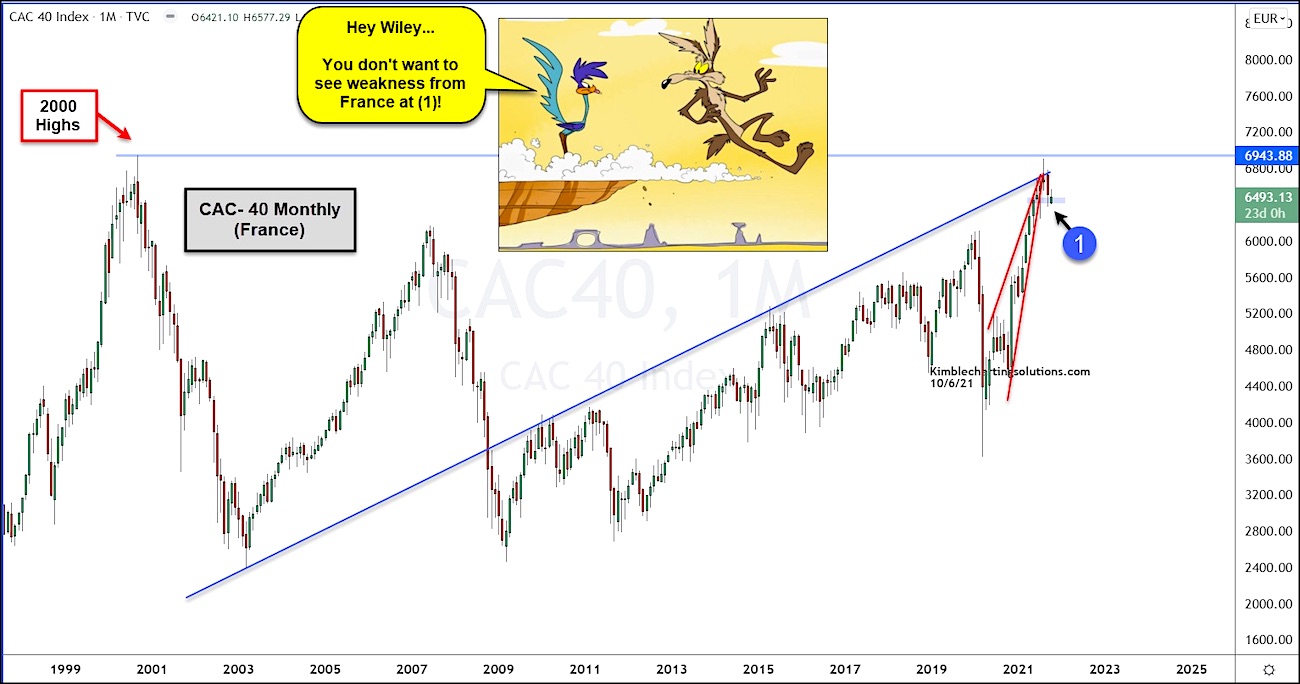Le Pen's Support Base: Assessing The National Rally's Sunday Demonstration

Table of Contents
The Demographic Profile of Le Pen's Supporters
Understanding the demographic makeup of Le Pen's support base is crucial to analyzing the National Rally's strength. This involves considering geographical distribution, socioeconomic factors, and age-related trends.
Geographic Distribution
Le Pen's support isn't uniformly distributed across France. Historically, her strongest support comes from rural areas and smaller towns in the north and east of the country, regions often characterized by economic hardship and a sense of being overlooked by the national government. Conversely, support tends to be weaker in larger urban centers and wealthier regions.
- High Support: Regions like Hauts-de-France, Bourgogne-Franche-Comté, and parts of Provence-Alpes-Côte d'Azur consistently show higher-than-average support for Le Pen. This is often linked to higher unemployment rates and a feeling of economic marginalization.
- Low Support: Paris and its surrounding Île-de-France region, along with major cities like Lyon and Marseille, typically exhibit lower levels of support for the National Rally. This can be attributed to greater ethnic diversity and a stronger presence of left-leaning voters.
- Historical Context: Decades of industrial decline in certain regions have fostered resentment towards established political parties, creating fertile ground for the National Rally's populist message.
Socioeconomic Factors
Socioeconomic factors play a significant role in shaping voting patterns. While the National Rally attracts voters across income levels, there's a demonstrable correlation between economic insecurity and support for Le Pen.
- Income Levels: While not exclusively low-income voters, a significant portion of Le Pen's support comes from those experiencing economic hardship, feeling the pinch of rising living costs and stagnant wages.
- Occupation: Support is found across various occupations, but those in manual labor or facing job insecurity are more likely to support Le Pen's promise of economic protectionism.
- Education: Studies suggest a correlation between lower levels of education and greater support for the National Rally. However, this is not absolute, and Le Pen also attracts some highly educated voters disillusioned with mainstream politics.
- Rural vs. Urban: The rural-urban divide is a crucial factor. Rural areas, often feeling neglected by national policy, are a stronghold of Le Pen's support.
Age and Generational Trends
Age significantly impacts voting behavior. While support for Le Pen exists across age groups, certain generational trends are evident.
- Older Voters: Older generations, having experienced past economic shifts and social changes, often express stronger support for Le Pen.
- Younger Voters: While younger voters are less likely to support Le Pen, a notable segment, particularly those concerned about job prospects and immigration, are increasingly drawn to her platform.
- Generational Anxieties: Concerns about the future, economic instability, and immigration are key factors influencing voting choices across generations, although their intensity varies.
- Media Consumption: Exposure to different media sources and online echo chambers can influence attitudes towards Le Pen and the National Rally.
The Ideological Drivers of Support for the National Rally
Beyond demographics, understanding the underlying ideologies driving support for the National Rally is crucial. Key drivers include anti-immigration sentiment, economic anxieties, and disillusionment with traditional politics.
Anti-Immigration Sentiment
Anti-immigration sentiment is a significant factor in fueling support for Le Pen. The National Rally's platform often emphasizes stricter border controls and a more restrictive immigration policy.
- Specific Policies: The National Rally advocates for reduced immigration, prioritizing skilled workers and those deemed "essential" to France. They also push for stricter enforcement of existing laws.
- Public Opinion: Public opinion data reveals fluctuating levels of concern about immigration, providing a context for understanding the appeal of Le Pen's rhetoric.
- Media Narratives: The way immigration is portrayed in media, both traditional and social, significantly impacts public perception and can fuel anti-immigrant sentiment.
Economic Anxiety and Populism
Economic anxieties, particularly among those feeling left behind by globalization and technological change, contribute to Le Pen's appeal. Her populist economic proposals resonate with this sentiment.
- National Rally's Economic Platform: This platform often emphasizes protecting French businesses, promoting national industries, and reducing dependence on global trade.
- Unemployment Rates: High unemployment rates in certain regions create fertile ground for Le Pen's promises of economic revitalization.
- Cost of Living Concerns: Rising costs of living and concerns about economic stability further amplify the appeal of Le Pen's protectionist message.
- Populist Rhetoric: Le Pen employs populist rhetoric, directly addressing the concerns of ordinary citizens and presenting herself as an outsider challenging the established order.
Disillusionment with Traditional Politics
Many voters supporting Le Pen express disillusionment with traditional political parties perceived as failing to address their concerns.
- Voter Distrust: Decades of perceived political failures and corruption have eroded trust in mainstream parties.
- Perceived Failures: Economic stagnation, rising inequality, and a feeling that traditional parties are out of touch have contributed to voter dissatisfaction.
- Search for Alternatives: This dissatisfaction fuels the search for alternatives, leading some to embrace the National Rally as a vehicle for change.
The Sunday Demonstration: Insights and Interpretations
The Sunday demonstration provides further insight into the strength and nature of Le Pen's support.
Turnout and Significance
The turnout at the demonstration offers a snapshot of the National Rally's current support levels. While precise figures are debated, the size of the gathering reflects the continuing resonance of Le Pen's message.
- Reported Attendance Figures: News reports and organizers' claims regarding attendance vary; independent verification is crucial.
- Comparison to Previous Rallies: Comparing turnout with previous rallies helps assess the trajectory of Le Pen's support over time.
- Media Coverage: Media coverage, including both mainstream and alternative news sources, shapes public perception of the demonstration's significance.
Key Messages and Themes
The messages conveyed during the demonstration reflect Le Pen's current political strategy.
- Speeches: Analysis of the speeches delivered reveals the key policy issues and narratives emphasized by Le Pen and other party leaders.
- Slogans and Banners: The slogans and banners used at the demonstration provide insight into the central themes promoted by the National Rally.
- Overall Narrative: The overarching narrative of the demonstration indicates Le Pen's current strategic priorities and target audience.
Media Coverage and Public Reaction
The media's portrayal of the demonstration and subsequent public reaction are vital factors in evaluating its impact.
- Positive and Negative Coverage: Analyzing different perspectives in media coverage reveals the range of reactions and interpretations.
- Social Media Reaction: Social media provides a platform for diverse opinions and commentary, offering real-time insights into public response.
- Public Opinion Polls: Post-demonstration polls can measure shifts in public opinion regarding Le Pen and the National Rally.
Conclusion: Understanding Le Pen's Support Base and the Future of the National Rally
Understanding Le Pen's support base requires analyzing its demographic profile, the ideological drivers behind its allegiance, and the insights offered by events like the Sunday demonstration. Her continued popularity stems from a combination of geographic, socioeconomic, and generational factors, intertwined with concerns about immigration, economic anxieties, and disillusionment with mainstream politics. The Sunday demonstration, while subject to varying interpretations regarding attendance figures, highlighted the enduring appeal of Le Pen's message and the National Rally's continued relevance in the French political landscape. Understanding Le Pen's support base is crucial for comprehending the evolving political landscape in France. Stay informed about future National Rally activities and the ongoing debate surrounding Marine Le Pen’s political influence.

Featured Posts
-
 Lauryn Goodman And Kyle Walker Unpacking The Italian Relocation
May 24, 2025
Lauryn Goodman And Kyle Walker Unpacking The Italian Relocation
May 24, 2025 -
 Despite Apple Price Target Cut Wedbush Remains Bullish Should You
May 24, 2025
Despite Apple Price Target Cut Wedbush Remains Bullish Should You
May 24, 2025 -
 Svadby Na Kharkovschine Bolee 600 Brakov Za Mesyats
May 24, 2025
Svadby Na Kharkovschine Bolee 600 Brakov Za Mesyats
May 24, 2025 -
 Porsche Now
May 24, 2025
Porsche Now
May 24, 2025 -
 Cac 40 Index Closes Lower On Friday Maintains Weekly Stability March 7 2025
May 24, 2025
Cac 40 Index Closes Lower On Friday Maintains Weekly Stability March 7 2025
May 24, 2025
Latest Posts
-
 Actress Mia Farrow Demands Trumps Imprisonment Regarding Venezuelan Deportations
May 24, 2025
Actress Mia Farrow Demands Trumps Imprisonment Regarding Venezuelan Deportations
May 24, 2025 -
 Frank Sinatras Four Marriages A Look At His Wives And Relationships
May 24, 2025
Frank Sinatras Four Marriages A Look At His Wives And Relationships
May 24, 2025 -
 Dylan Farrows Accusations Against Woody Allen Sean Penns Skepticism
May 24, 2025
Dylan Farrows Accusations Against Woody Allen Sean Penns Skepticism
May 24, 2025 -
 The Woody Allen Dylan Farrow Case Sean Penns Perspective
May 24, 2025
The Woody Allen Dylan Farrow Case Sean Penns Perspective
May 24, 2025 -
 17 Famous Figures Whose Images Were Tarnished Forever
May 24, 2025
17 Famous Figures Whose Images Were Tarnished Forever
May 24, 2025
